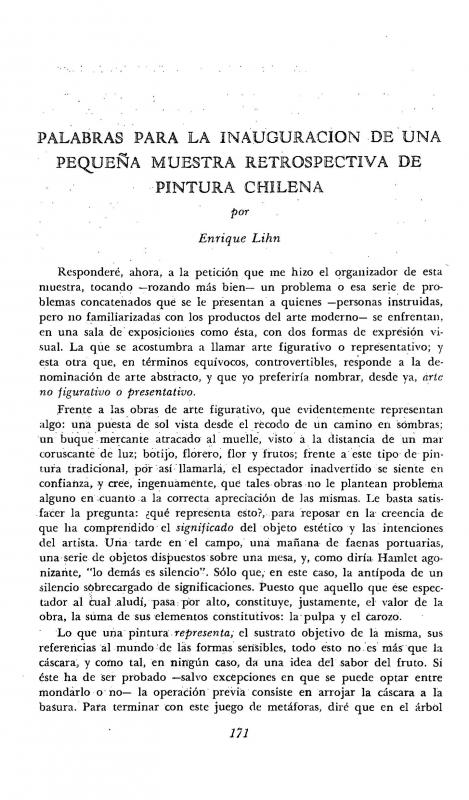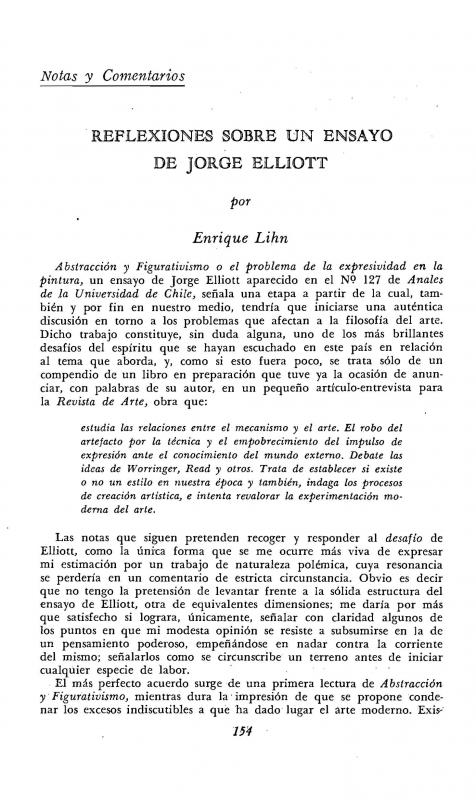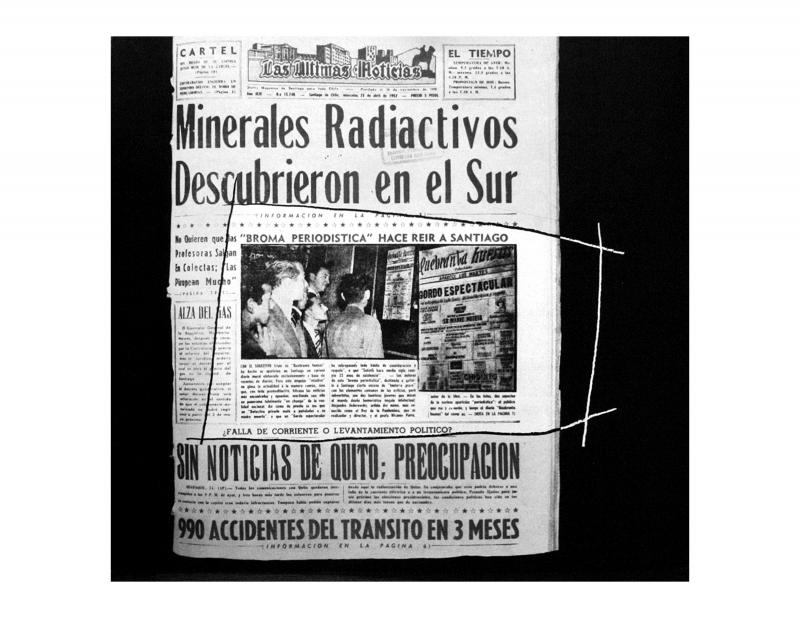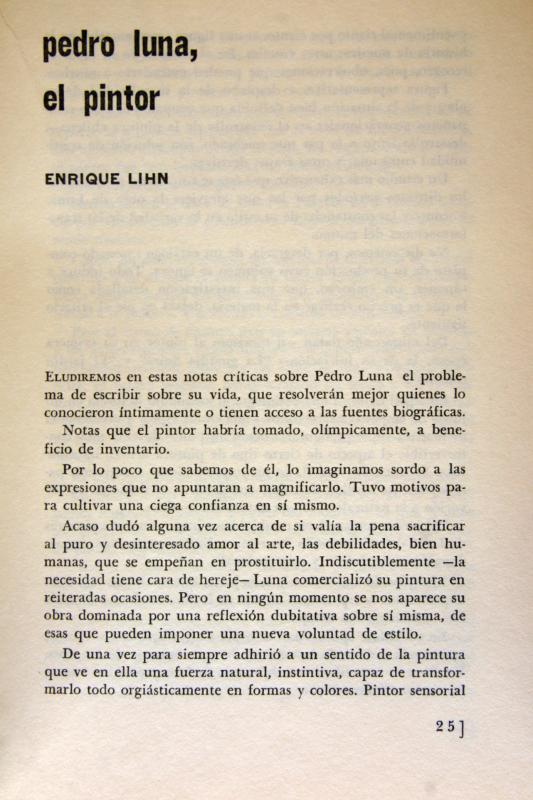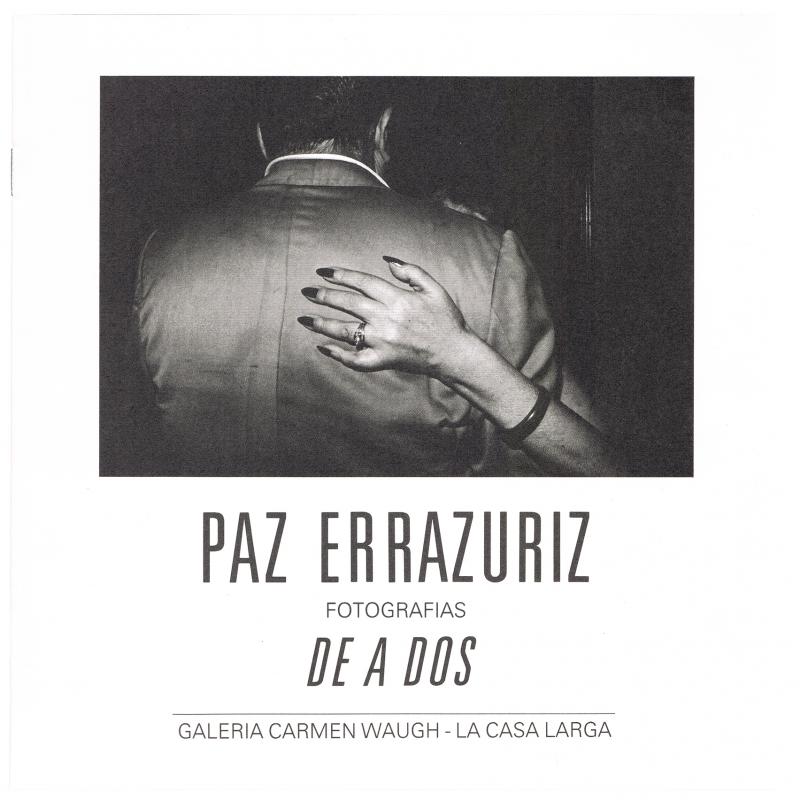Enrique Lihn (1929–1988), the intellectual, writer, and art critic, played a key role in the field of writing about art in the late 1950s. In his early years he took drawing and painting classes at the Escuela de Bellas Artes de la Universidad de Chile, but later gave up the visual arts and focused on writing. In 1965 he was the director of the Revista de Arte, published by the Universidad’s Facultad de Bellas Artes. Over the course of his career, he collaborated with several magazines, including Atenea, Cauce, and Apsi, and with the newspapers El Siglo, Las Últimas Noticias, and La Época. In his essay “Palabras para la inauguración de una pequeña muestra retrospectiva de pintura chilena” (doc. no. 750644), which was published in the Anales de la Universidad de Chile (1964), he took a pedagogic approach, seeking to expose the public to the “non-figurative” art that dominated the art scene at the time, which, though it had been around for a decade, was still rejected or viewed with suspicion. Lihn preferred the term “non-figurative” to the more widely used “abstraction”; in his opinion, all art possesses an undeniable degree of abstraction. [For more about Lihn’s ideas on the subject of art, see “Reflexiones sobre un ensayo de Jorge Elliot” (doc. no. 778602) in the ICAA Digital Archive.]
In the literary field, Lihn was a member of the Generación del ’50. In 1952, he and the anti-poet Nicanor Parra (1914–2018), the poet and mime Alejandro Jodorowsky (b. 1929), the mechanic Jorge Berti, the aesthete Roberto Humeres (1903–1978), the humanist Luis Oyarzún (1920–1972), and the bibliophile Jorge Sanhueza co-launched El quebrantahuesos, which consisted of visual poetry created as part of a collage (made with newspaper and magazine clippings) that was later posted in various parts of the city of Santiago. In 1975 several of the “Quebrantahuesos” were published in the one and only issue of the magazine Manuscritos, edited by the theorist Ronald Kay (1941–2017) and designed by Catalina Parra (b. 1940), Nicanor’s daughter. Credit for creating the “Quebrantahuesos” is usually given to Parra, Jodorowsky, and Lihn; but, in Manuscritos, it states that it was Parra’s idea, and the editorial board was made up of the seven authors mentioned above. [See “El quebrantahuesos” (doc. no. 752517).]
Lihn wrote about a number of artists, including the painter Pedro Luna (1896–1956), whom he described as sensorial and sentimental. [On this subject, see the following in the ICAA Digital Archive: “Pedro Luna, el pintor” (doc. no 765294); he also wrote about Kafka y nosotros, the exhibition of paintings by Roser Bru (1923–2021), and about the photographer Paz Errázuriz (b. 1944), see “Paz Errázuriz y el tango” (doc. no. 773616).]

